Mastering the Art of Drying Royal Icing Quickly: Essential Techniques for Perfect Cookies
This post contains affiliate links.
Hi everyone! Today, I'm diving into a topic dear to every cookie decorator's heart: drying royal icing. This skill is a must-have in our baking arsenal, especially for someone like me who adores making festive cookies for every occasion, like my favorite Gingerbread Cookies with Royal Icing.
Royal icing is beautiful but tricky. Getting it to dry perfectly is crucial, yet often challenging. Whether it's a sunny day or a humid evening, the icing behaves differently, leaving us bakers in a bit of a conundrum. Remember the Simple White Royal Icing recipe I shared? Even with the perfect mix, drying can be unpredictable.
I've faced these challenges head-on in my kitchen. There's nothing more disheartening than seeing your beautifully decorated I'm Sorry Sugar Cookies take ages to dry or, worse, remain tacky. And we all know how important it is for those delicate designs on Skull sugar cookies or the intricate details on Ice skate cookies.
But don't worry! I've experimented, failed, and succeeded over the years, and I'm here to share those insights with you. Let's embark on this journey together to master the art of quickly and effectively drying royal icing, making our cookies not just tasty, but also picture-perfect. Whether it's for a special day like Valentine's Day Sugar Cookie baking, or creating fantasy-themed treats like Unicorn sugar cookies and Easter sugar cookies, mastering this skill is key.
Understanding Royal Icing: A Baker's Essential
At its heart, royal icing is a beautifully simple yet versatile substance. It's traditionally made from just egg whites or powdered sugar, sometimes with a touch of lemon juice or cream of tartar for stability. However, for those who prefer to avoid raw eggs, meringue powder is a fantastic alternative, as I detailed in my Royal Icing recipe. Meringue powder not only provides the same glossy, firm finish but also offers convenience and safety, especially when preparing treats for young children, as in my Unicorn sugar cookies.
Royal icing's unique quality lies in its ability to dry smooth and hard, making it the perfect canvas for intricate designs, like the ones on my Valentine's Day Sugar Cookies, or for adding structural integrity to 3D creations like Gingerbread Cookies with Royal Icing.
Drying Methods Overview: Tailoring the Technique to the Task
Each drying method has its own set of benefits and is best suited for different scenarios:
- Oven Drying Method:
This method is quick and efficient, especially when you need your Simple White Royal Icing to set in a hurry. It's my go-to when time is of the essence. - Heat Gun or Hair Dryer Method:
Ideal for those moments when you need to dry intricate details quickly without compromising the design, much like the delicate patterns on my Skull sugar cookies. - Fan Method:
A gentle, yet effective way to achieve a uniform dry, perfect for cookies that require a flawless finish, such as my Ice skate cookies. - Dehumidifier Method:
Essential for humid environments, this method ensures that your icing sets properly, as was crucial for my Easter sugar cookies. - Air Dry Method:
The most traditional method, and my preferred choice for creations like the heartfelt I'm Sorry Sugar Cookies, where patience pays off in the end.
In the next sections, we'll explore each method in detail, helping you choose the right one for your next royal icing project.
Instructions
Air Dry Method (Preferred Method) for Drying Royal Icing
- After flooding your cookies with royal icing, take a heat gun and set it to a low heat setting. Remember, a heat gun can produce high heat, so it's crucial to use the lowest setting to avoid melting the icing.
- Hold the heat gun about 6-8 inches away from the cookie. Gently sweep it back and forth over the surface for about 30 seconds. This brief exposure to heat will help to set the top layer of the icing, stabilizing its structure.
- The idea is to just lightly dry the surface without heating the icing too much. This initial setting will prevent the icing from flowing out of bounds or collapsing in the middle.
- Leave the iced items undisturbed in a dry, warm room with low humidity and good air circulation.
- Place your iced cookies or treats on a tiered wire rack. This not only saves space but also allows for better air circulation around each item, promoting even drying.
- Ensure that the cookies are spaced out so they do not touch each other.
- Leave the iced items on the wire rack undisturbed. Keep them away from direct sunlight and any sources of heat or moisture.
- If you're in a humid environment, consider using a dehumidifier in the room to help reduce air moisture.
- The drying time can vary based on the icing thickness and room conditions, typically ranging from 6 to 24 hours. Thicker icing or more elaborate designs might take longer.
- To test if the icing is dry, gently touch the edge. If it feels firm and doesn't stick to your finger, it's ready.
- Avoid pressing too hard, as the icing could be dry on the surface but still soft underneath.
- Once fully dry, you can proceed with further decorating steps or simply enjoy your beautifully iced treats.
Fan Method
- Place iced items in an area with a fan on a low to medium setting, maintaining a reasonable distance to avoid disturbing the icing.
- The fan's gentle breeze helps to evaporate moisture from the icing faster than still air.
- Using a fan typically reduces drying time by about 50%. For instance, if it normally takes 8 hours to air dry, the fan method might reduce this to around 4 hours, depending on icing thickness and humidity.
- Watch the icing for even drying, rotating items as needed to ensure uniformity.
Heat Gun Or Hair Dryer
- Use a heat gun on low heat or a hair dryer on a cool setting.
- This method is not recommended for cookies with a large amount of icing, particularly flooded icing, as the intense heat or air flow can cause the icing to spread unevenly or form a crust while leaving the underneath still wet.
- Keep the device 6-8 inches away from the icing to avoid overheating.
- Sweep back and forth evenly over the icing for quick drying. The heat gun sets the surface rapidly, while the hair dryer offers a gentler approach.
- Typically, this method sets icing in about 5-10 minutes.
- Avoid overheating to prevent melting or color distortion. Keep the tool moving constantly.
Oven Method
- Preheat your oven to its lowest setting, typically around 170°F (75°C), then turn it off. This method uses gentle warmth, not direct heat.
- This method is particularly effective for line decorations or finer details made with royal icing. If you've used a flooding technique to cover a large area with a thin layer of icing, be cautious as the heat could cause the icing to collapse in the middle.
- For flooded cookies, it's generally safer to use a cooler drying method like air drying to prevent any deformation or collapse of the icing.
- Place your cookies with line decorations on a baking sheet. Ensure they are not touching each other for even airflow.
- Put the baking sheet in the warmed oven, leaving the door slightly ajar. This allows you to monitor the icing without disturbing it and prevents moisture buildup.
- Check your treats every 5-10 minutes. Royal icing for line decorations typically dries in about 15-20 minutes in the oven, but this can vary.
- Be vigilant to avoid over-drying, as this can lead to cracking of the icing.
Dehumidifier Method
- Place a dehumidifier in the room where you’ll dry your iced items. Start it before decorating to reduce the room's humidity to around 50% or lower.
- Use a wire rack for better air circulation. Place your iced treats in the controlled humidity environment.
- The dehumidifier removes excess moisture from the air, creating an ideal drying environment for royal icing, especially in humid conditions.
- Typically, using a dehumidifier can cut drying time by about 30%. For example, if icing usually takes 24-48 hours to air dry, it might dry in around 16-17 hours with a dehumidifier.
- Periodically check your icing. Adjust the dehumidifier if the icing dries too quickly and begins to crack.
Troubleshooting Common Issues with Royal Icing
Even the most experienced bakers encounter challenges with royal icing. Here are some common issues and how to solve them:
- Cracking:
This often occurs when the icing dries too quickly or is applied too thickly. To prevent this, ensure even application and consider using the Air Dry method, as it allows the icing to dry gradually and evenly. - Not Drying Evenly:
Uneven drying can be a result of inconsistent icing thickness or varying environmental conditions. Try to maintain a consistent thickness, and use a method like the Fan Method for a more uniform drying process. - Taking Too Long to Dry:
High humidity can be a culprit here. If you're in a humid area, the Dehumidifier Method can work wonders. Also, adding a bit of meringue powder to your icing, as mentioned in my Simple White Royal Icing recipe, can help it set faster. - Color Bleeding:
This issue can arise when layers of different colored icing are applied before the base layer has completely dried. To avoid this, ensure the first layer is completely dry before adding another color, as I carefully did with my Easter sugar cookies.
Remember, each icing batch and decorating situation is unique, so don’t get discouraged if things don’t turn out perfect every time. It’s all part of the learning process!
More Cookies Recipes
Conclusion: Embrace the Art of Royal Icing
Throughout my baking journey, from making I'm Sorry Sugar Cookies to the festive Gingerbread Cookies with Royal Icing, I've learned that drying royal icing is as much an art as it is a science. Each method, from Oven Drying to Air Drying, offers unique benefits, and the best choice depends on your specific needs and environment.
Among all these methods, my personal favorite is undoubtedly Air Drying. It's the technique I rely on the most, a fail-proof method that has never let me down. Whether it's for my Valentine's Day Sugar Cookies or any other festive treat, Air Drying provides a consistent, reliable finish that truly makes my decorations stand out.
I encourage you to experiment with these methods. Maybe the Oven Drying Method will be your savior when you’re in a time crunch, or perhaps the gentle patience of the Air Dry Method, my go-to choice, will suit your style better.
Remember, the ultimate goal is to enjoy the process of creating and to share your delicious, beautifully decorated treats with the world. Happy baking, and may your royal icing always dry to perfection!
How To Quickly Dry Royal Icing
Equipment
Instructions
Air Dry Method (Preferred Method) for Drying Royal Icing
- After flooding your cookies with royal icing, take a heat gun and set it to a low heat setting. A heat gun can produce high heat, so it's important to use the lowest setting to avoid melting the icing.
- Hold the heat gun about 6-8 inches away from the cookie. Gently sweep it back and forth over the surface for about 30 seconds. This brief exposure to heat will help to set the top layer of the icing, stabilizing its structure.
- The idea is to just lightly dry the surface without heating the icing too much. This initial setting will prevent the icing from flowing out of bounds or collapsing in the middle.
- Leave the iced items undisturbed in a dry, warm room with low humidity and good air circulation
- Place your iced cookies or treats on a tiered wire rack. This not only saves space but also allows for better air circulation around each item, promoting even drying.Ensure that the cookies are spaced out so they do not touch each other.
- Leave the iced items on the wire rack undisturbed. Keep them away from direct sunlight and any sources of heat or moisture.If you're in a humid environment, consider using a dehumidifier in the room to help reduce air moisture.
- The drying time can vary based on the icing thickness and room conditions, typically ranging from 6 to 24 hours. Thicker icing or more elaborate designs might take longer.
- To test if the icing is dry, gently touch the edge. If it feels firm and doesn't stick to your finger, it's ready.Avoid pressing too hard, as the icing could be dry on the surface but still soft underneath.
- Once fully dry, you can proceed with further decorating steps or simply enjoy your beautifully iced treats.
Fan Method
- Place iced items in an area with a fan on a low to medium setting, maintaining a reasonable distance to avoid disturbing the icing.
- The fan's gentle breeze helps to evaporate moisture from the icing faster than still air.
- Using a fan typically reduces drying time by about 50%. For instance, if it normally takes 8 hours to air dry, the fan method might reduce this to around 4 hours, depending on icing thickness and humidity.
- Watch the icing for even drying, rotating items as needed to ensure uniformity.
Heat Gun Or Hair Dryer
- Use a heat gun on low heat or a hair dryer on cool setting.This method is not recommended for cookies with a large amount of icing, particularly flooded icing, as the intense heat or air flow can cause the icing to spread unevenly or form a crust while leaving the underneath still wet.
- Keep the device 6-8 inches away from the icing to avoid overheating.
- Sweep back and forth evenly over the icing for quick drying. The heat gun sets the surface rapidly, while the hair dryer offers a gentler approach.
- Typically, this method sets icing in about 5-10 minutes.
- Avoid overheating to prevent melting or color distortion. Keep the tool moving constantly.
Oven
- Preheat your oven to its lowest setting, typically around 170°F (75°C), then turn it off. This method uses gentle warmth, not direct heat.
- This method is particularly effective for line decorations or finer details made with royal icing. If you've used a flooding technique to cover a large area with a thin layer of icing, be cautious as the heat could cause the icing to collapse in the middle.For flooded cookies, it's generally safer to use a cooler drying method like air drying to prevent any deformation or collapse of the icing.
- Place your cookies with line decorations on a baking sheet. Ensure they are not touching each other for even airflow.Put the baking sheet in the warmed oven, leaving the door slightly ajar. This allows you to monitor the icing without disturbing it and prevents moisture buildup.
- Check your treats every 5-10 minutes. Royal icing for line decorations typically dries in about 15-20 minutes in the oven, but this can vary.Be vigilant to avoid over-drying, as this can lead to cracking of the icing.
- Gently touch the edge of the icing. If it feels firm and does not stick to your finger, it's ready.
Dehumidifier Method
- Place a dehumidifier in the room where you’ll dry your iced items. Start it before decorating to reduce the room's humidity to around 50% or lower.
- Use a wire rack for better air circulation. Place your iced treats in the controlled humidity environment.
- The dehumidifier removes excess moisture from the air, creating an ideal drying environment for royal icing, especially in humid conditions.
- Typically, using a dehumidifier can cut drying time by about 30%. For example, if icing usually takes 24-48 hours to air dry, it might dry in around 16-17 hours with a dehumidifier.
- Periodically check your icing. Adjust the dehumidifier if the icing dries too quickly and begins to crack.
Food Photography & Video Tips from My Studio
Here’s a peek at the tools, gear, and camera setups I use to film my recipe videos and photograph food at home. Over the years, I’ve tested dozens of different setups, and now I’m sharing what actually works for me—whether I’m filming overhead shots for YouTube or styling still photos for my blog. If you’re curious about how I create the content you see here, these posts are a great place to start.
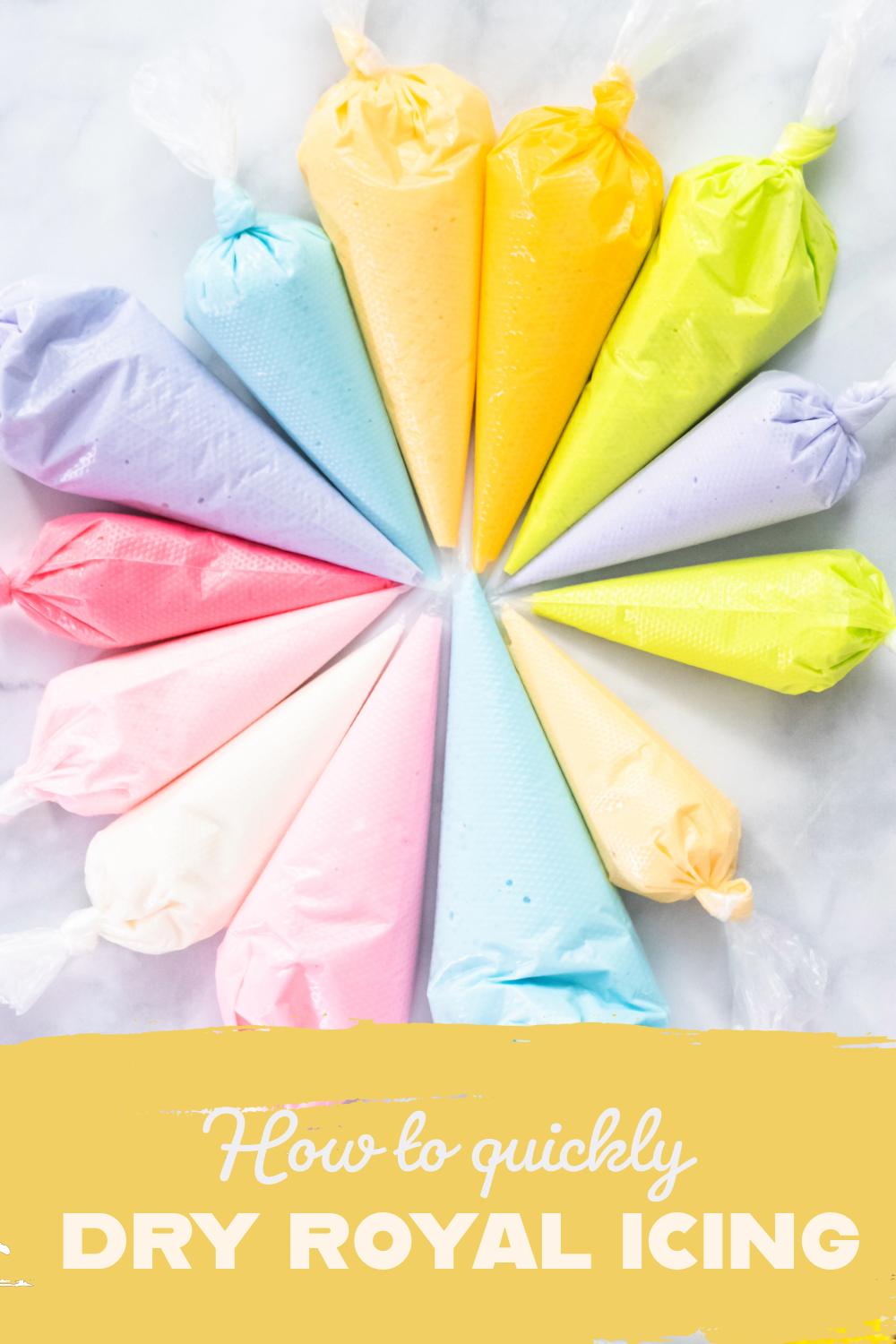


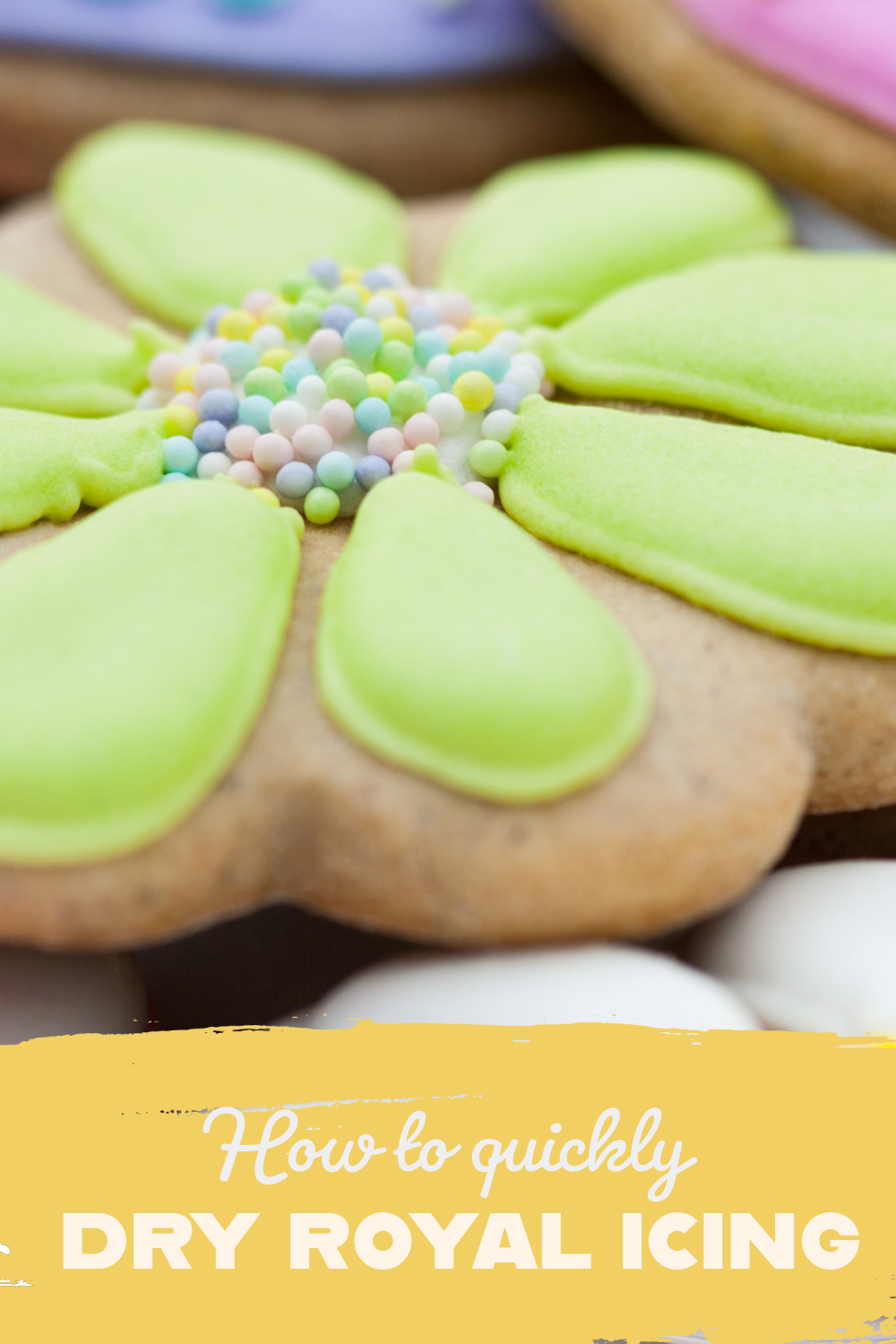

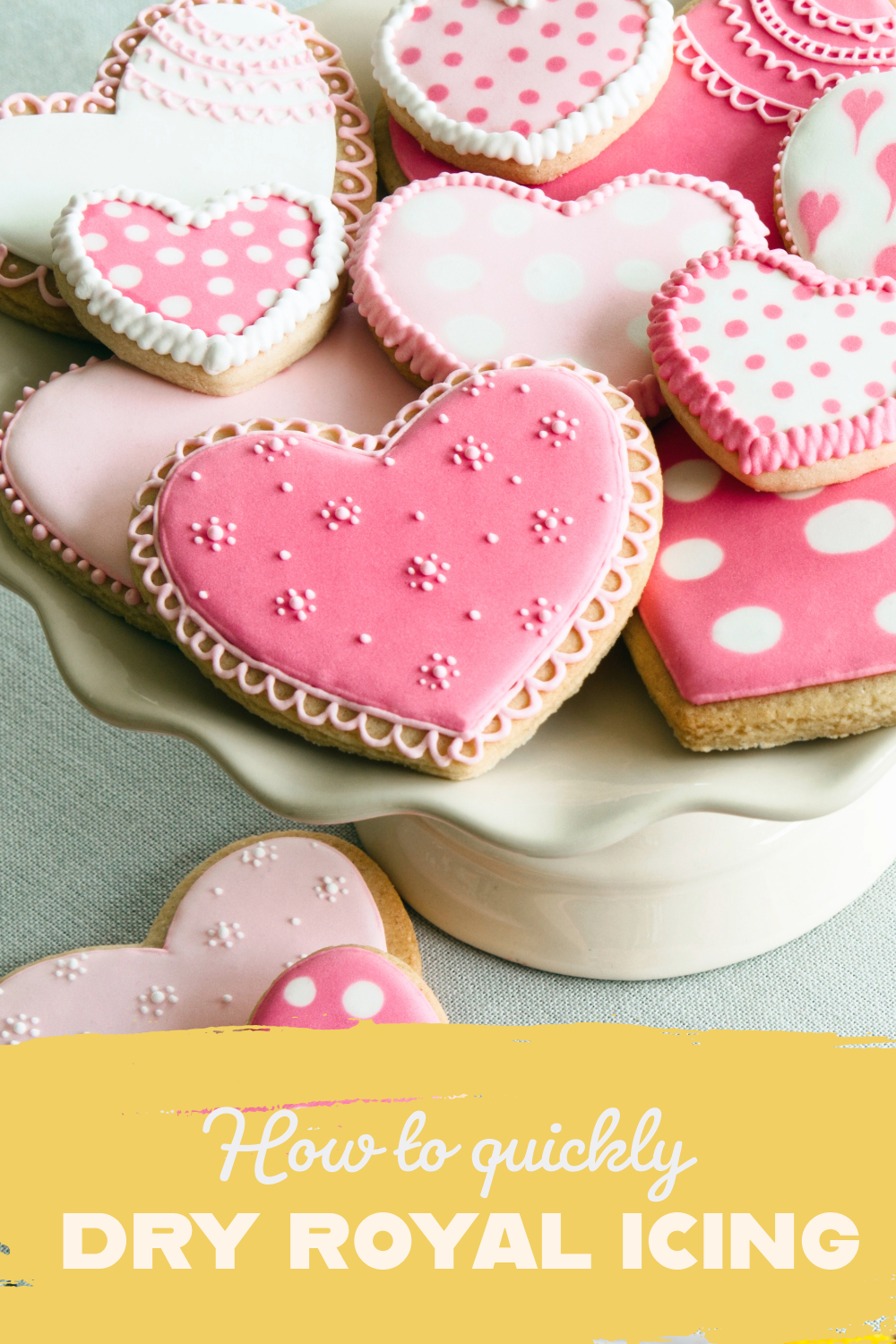


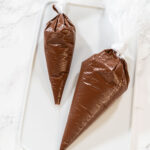


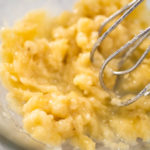



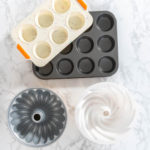
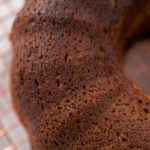


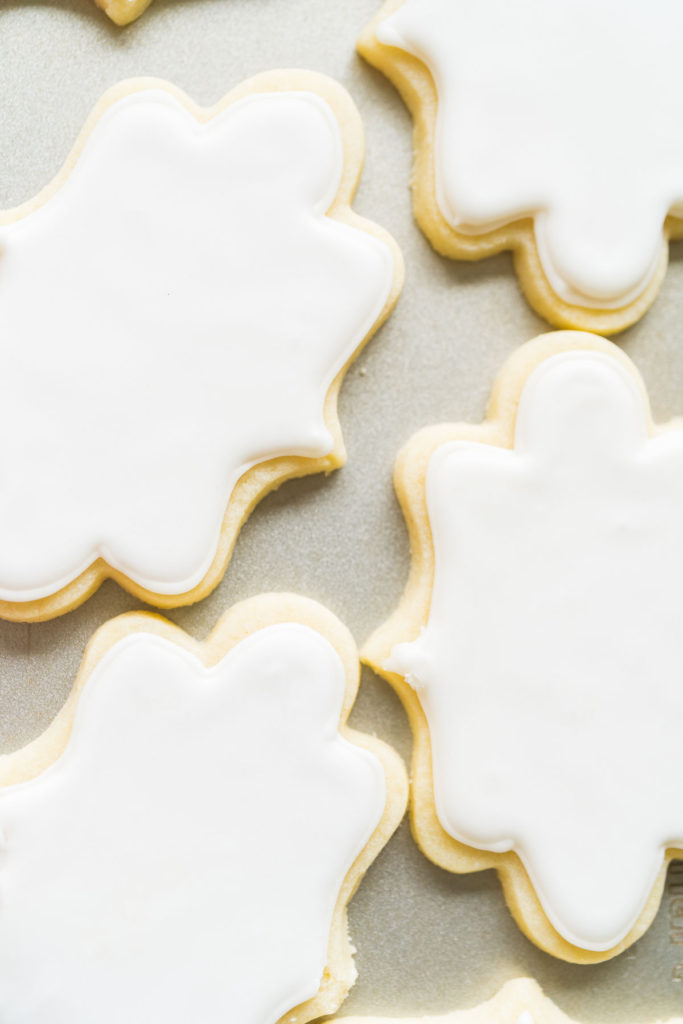
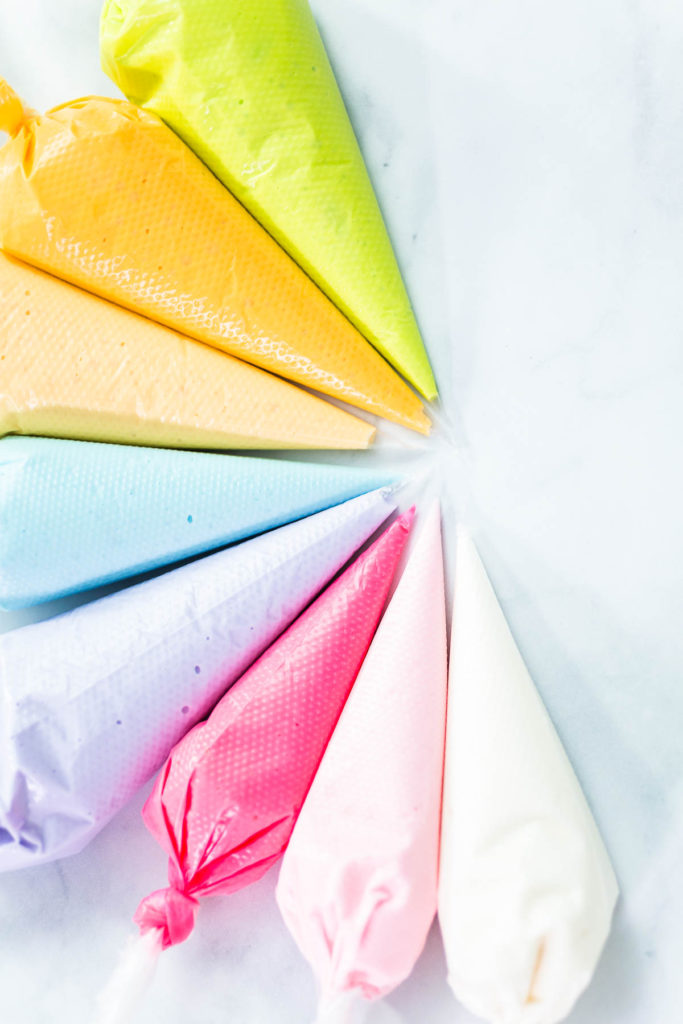
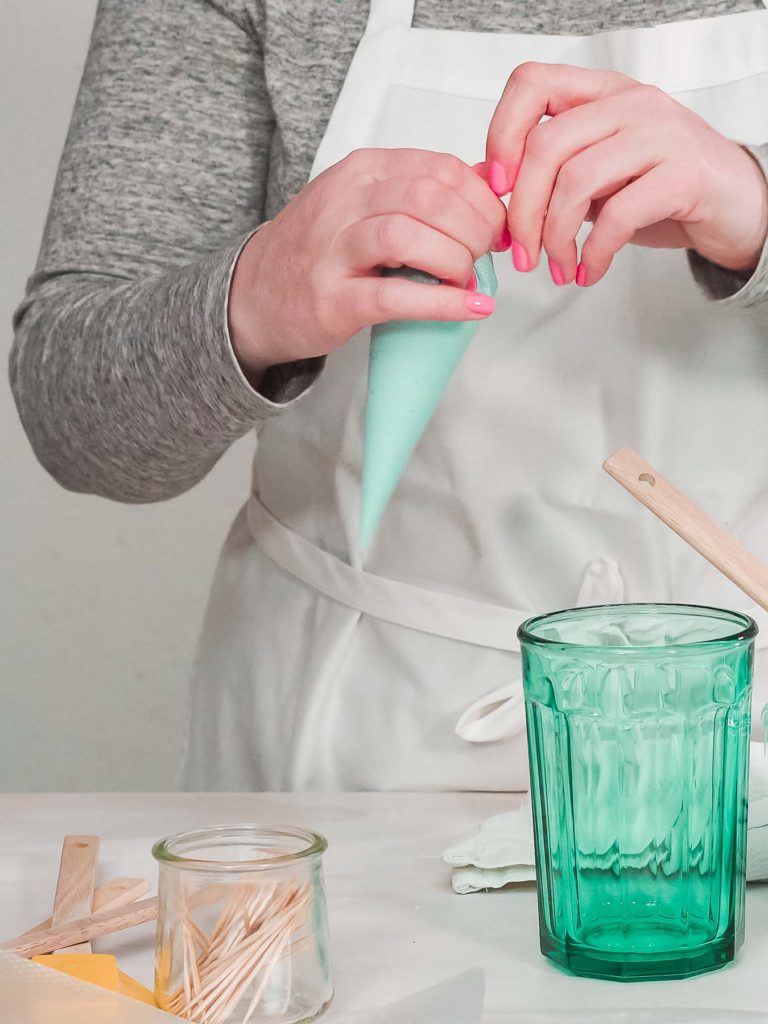
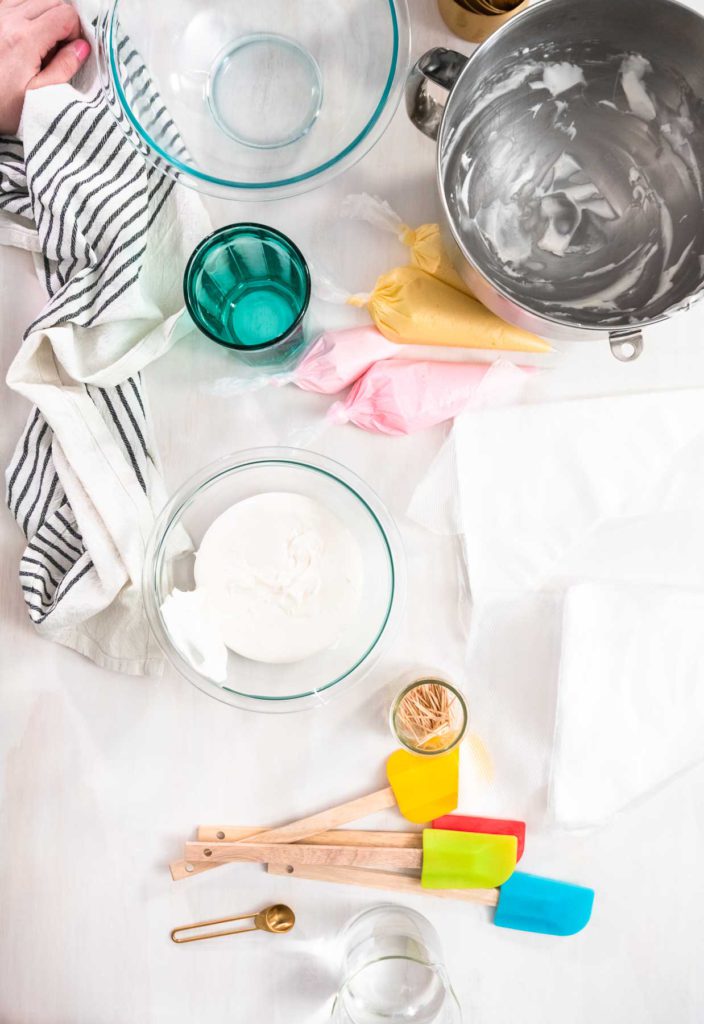


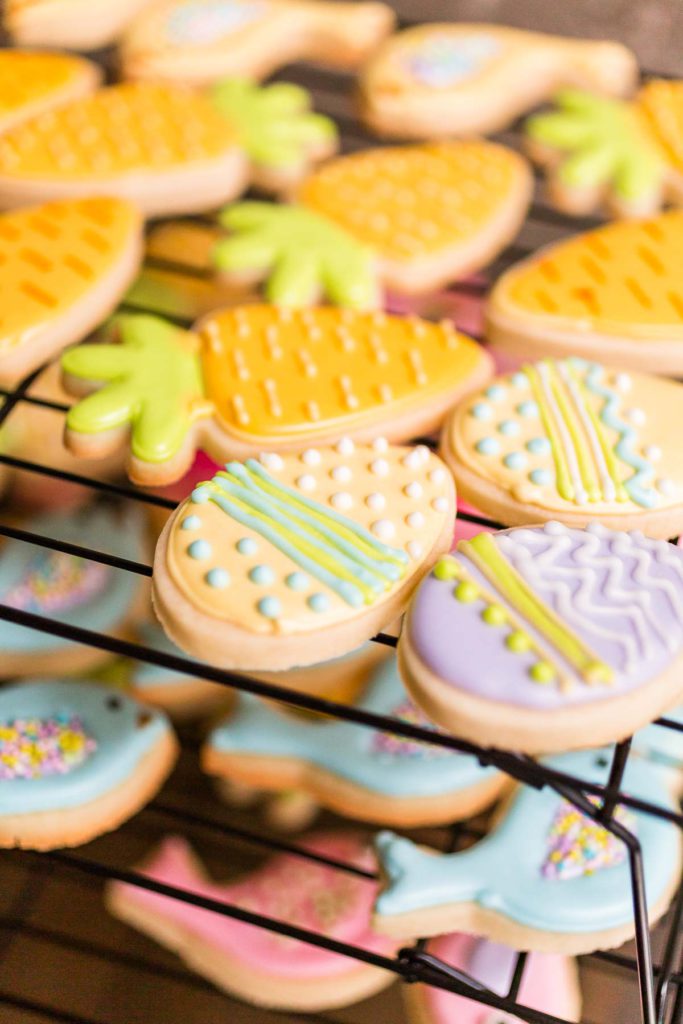

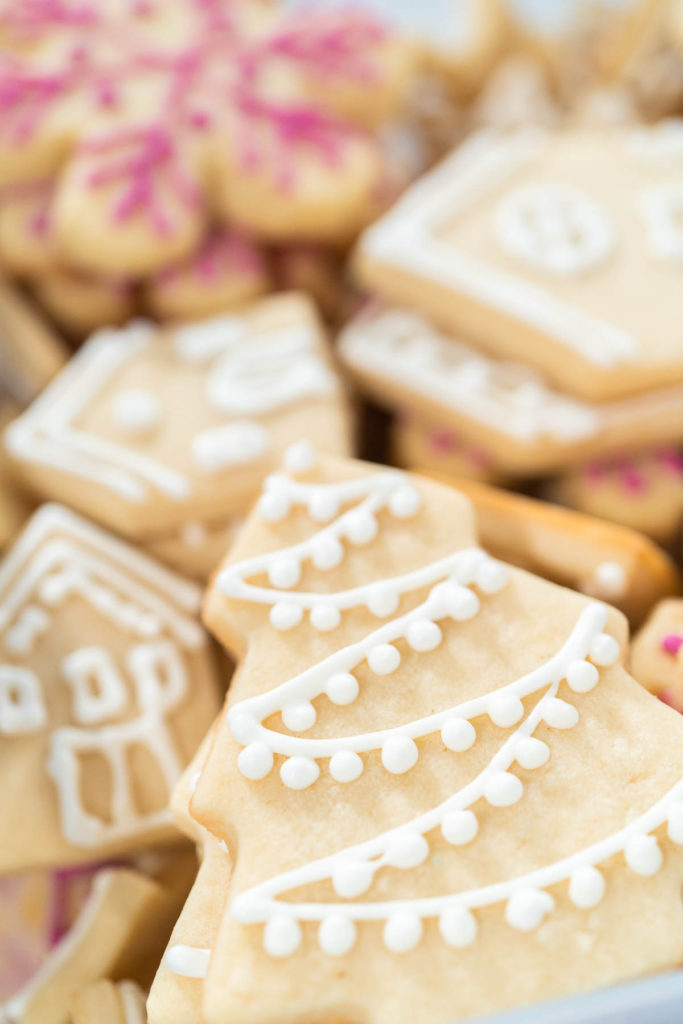


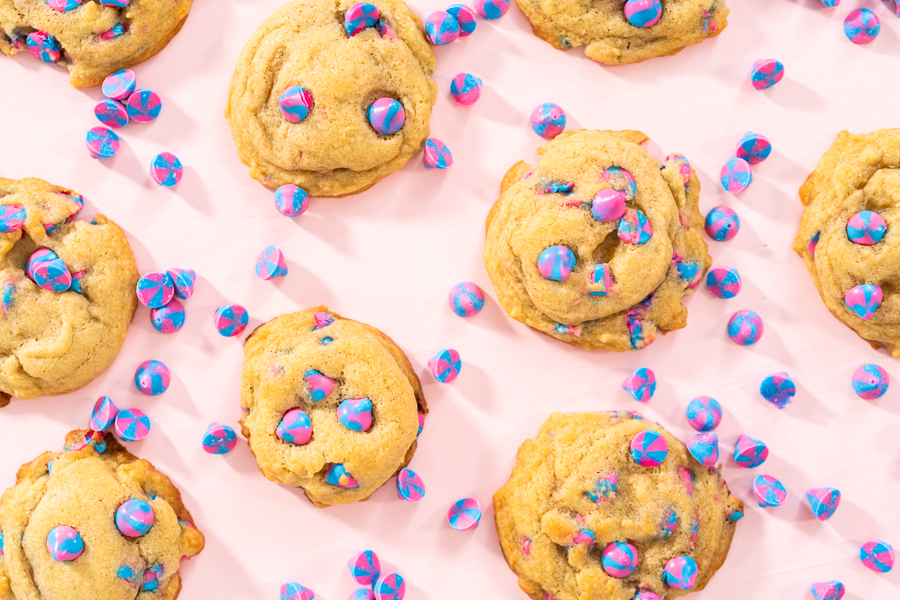

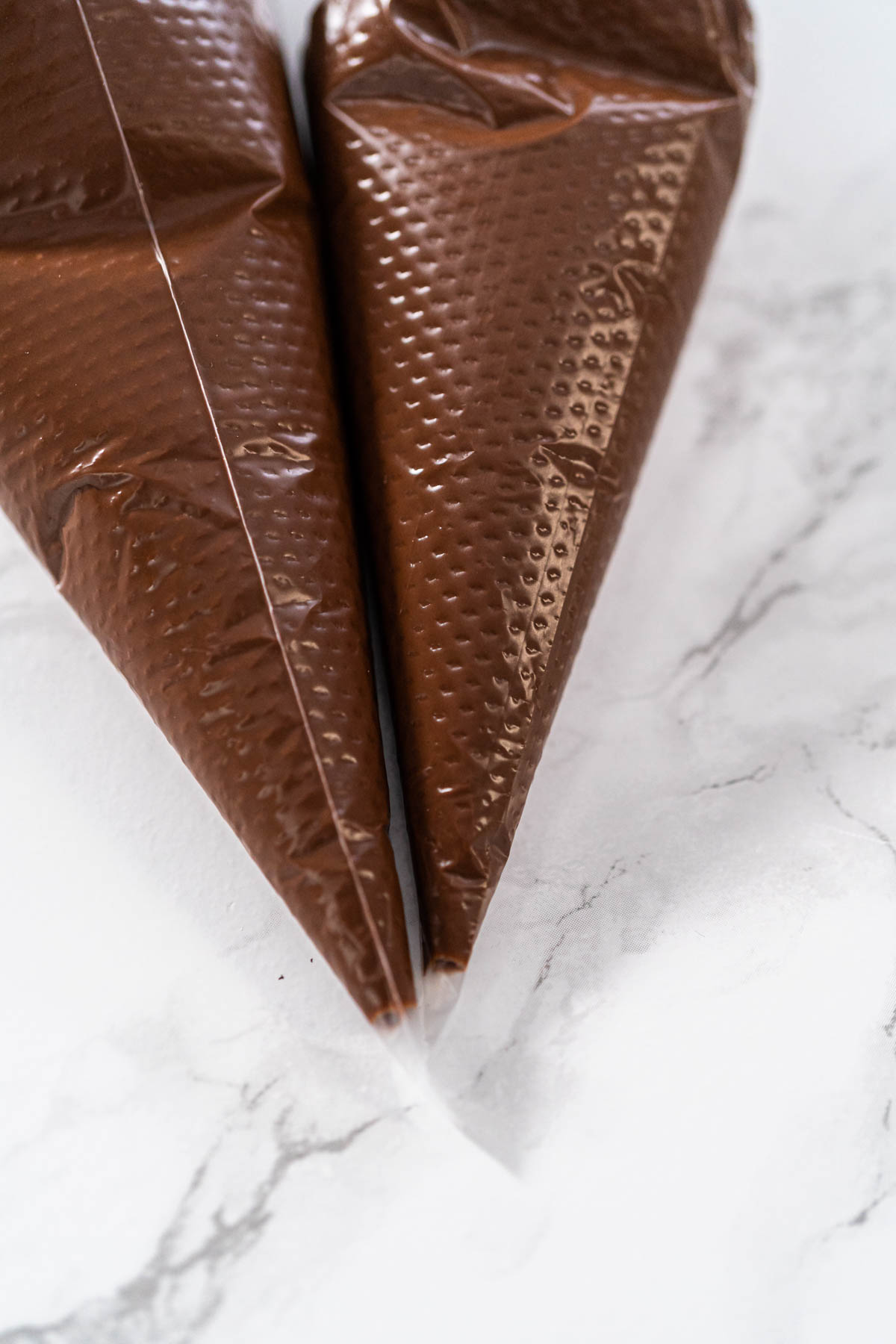


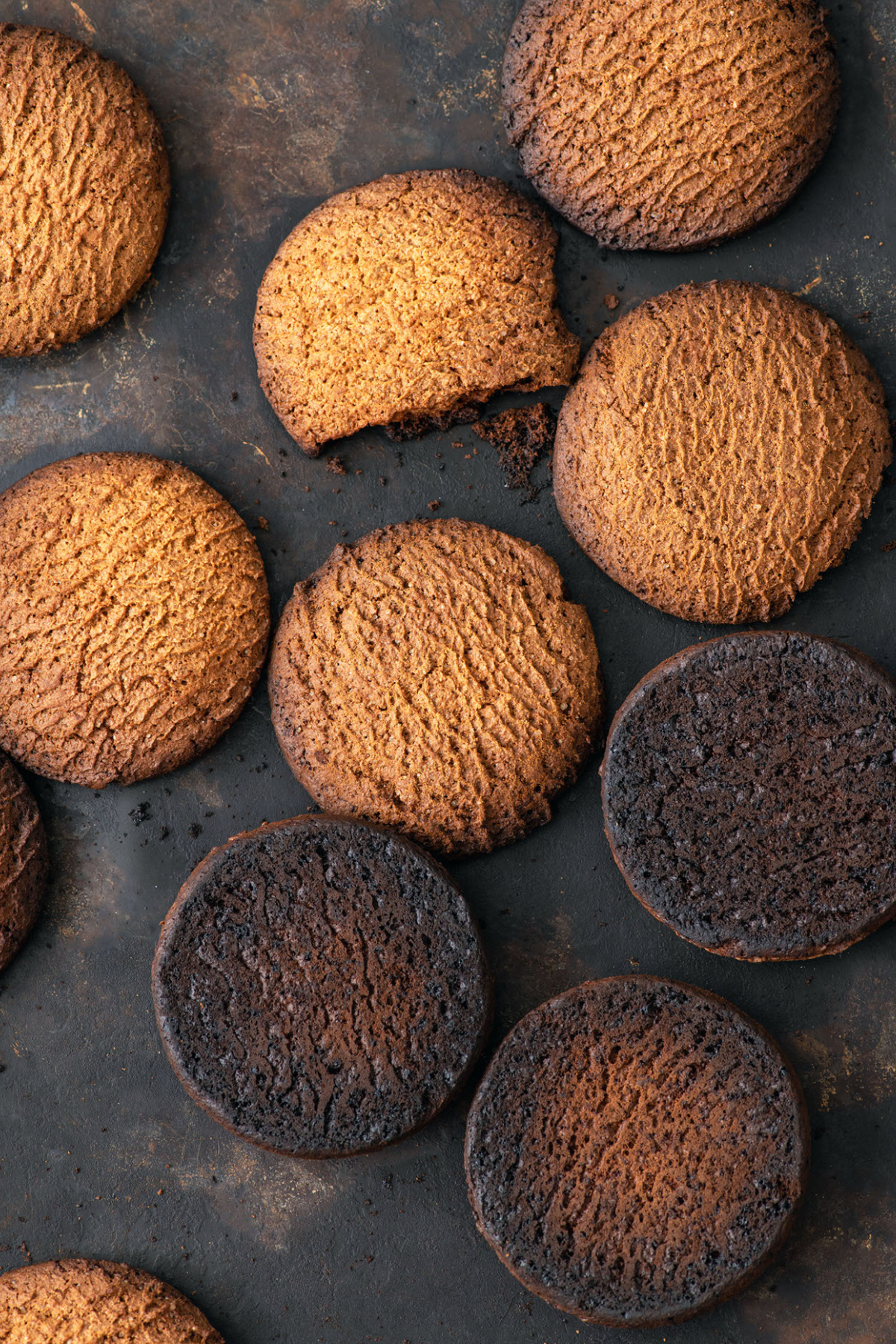

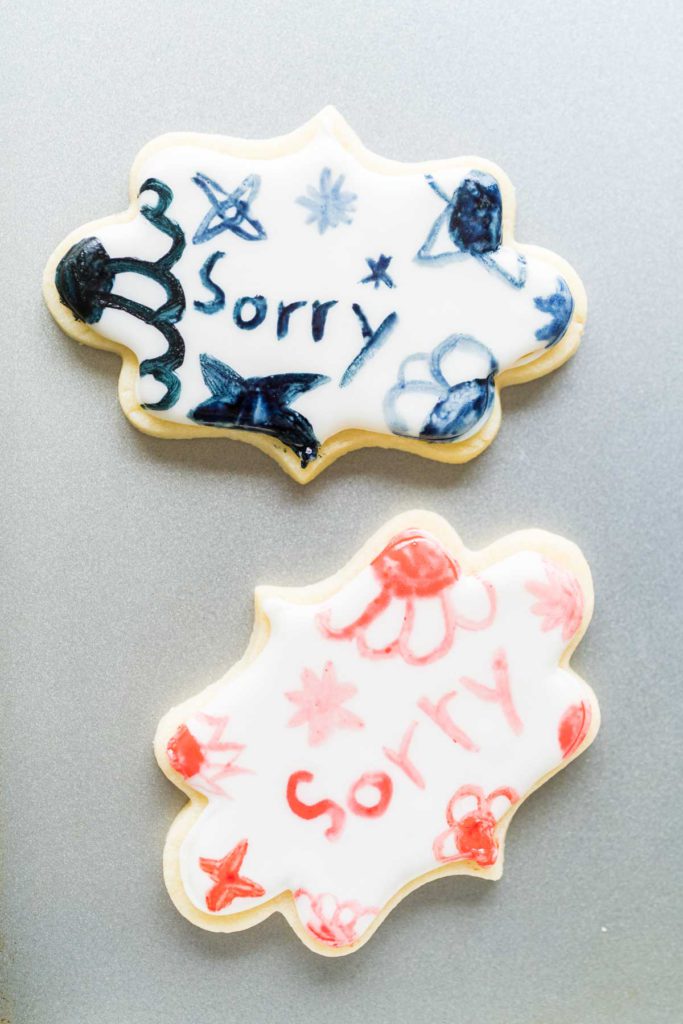
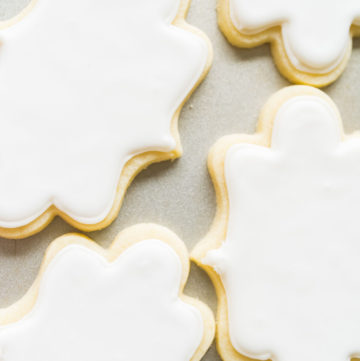

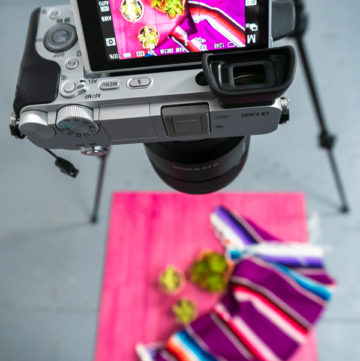



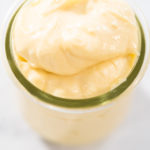
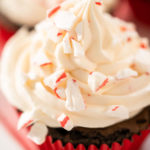

Leave a Reply